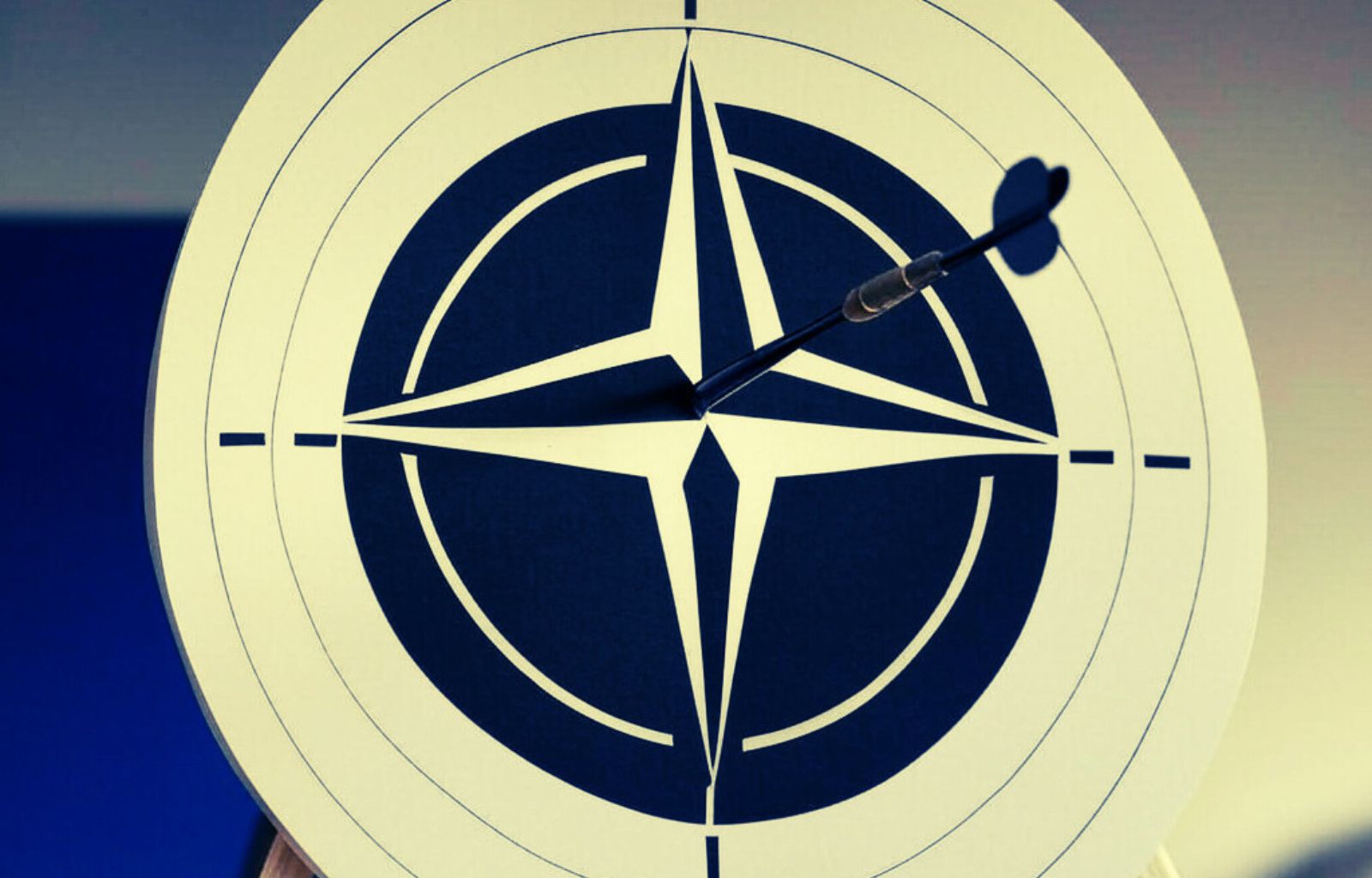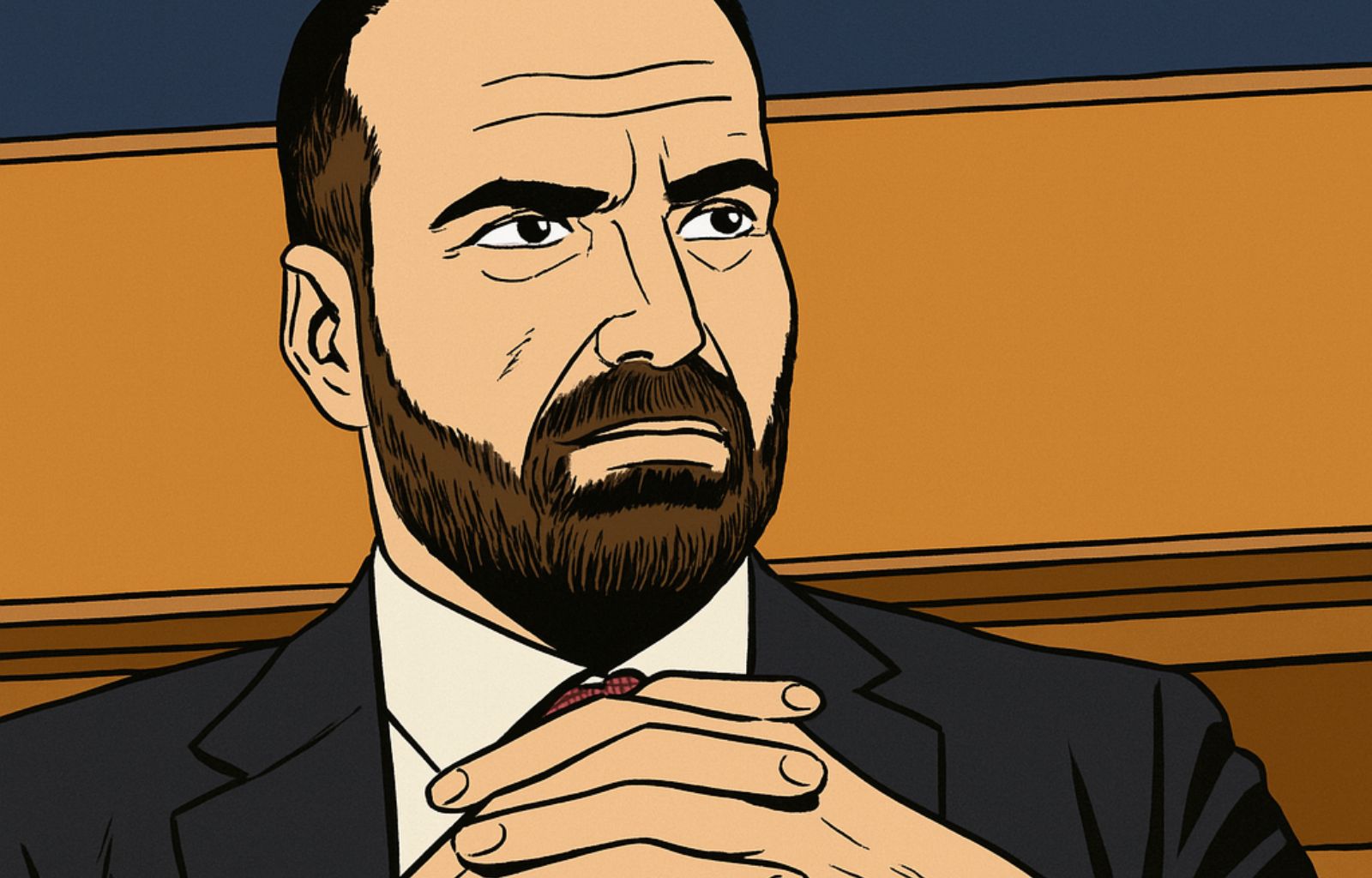The redemption of the Centre: the lesson of Starmer, Merz and Carney to Italian liberals

At a time when politics is dominated by extremism and shouting, the centre once again becomes a concrete option. Not as a weak compromise, but as an autonomous project. The experiences of Keir Starmer in the United Kingdom, Friedrich Merz in Germany and Mark Carney in Canada prove this: there is a growing demand for pragmatic leadership, capable of combining competence, vision and stability. But what does all this teachItaly and those who identify with a liberal and pro-European identity?
The ruling centre: the cases of Starmer, Merz and Carney
The success of Starmer, Merz and Carney is no accident. It is based on a precise intuition: in times of uncertainty and polarisation, the answer is not ambiguity, but a new radical pragmatism.
Keir Starmer repositioned Labour after the ideological drift of Corbynism, winning back themoderate electorate that had drifted away. Sober tone, attention to public accounts, recovery of institutional credibility: this is how he has brought the party back towards the centre, without abandoning the progressive agenda.
Starmer’s new centrism is also reflected internationally. The decision to relaunch relations between the United Kingdom and the European Union, with a strategic agreement being prepared for the summit on 19 May, marks a clear break with post-Brexit tensions. Starmer is building a pragmatic, multilateral diplomacy based on free trade, support for Ukraine, commitment to a solution in the Middle East and respect for human rights. This vision – pro-European in content, while remaining outside the EU – shows how it is possible, even in polarised contexts, to reassert a solid and coherent global centre.
Friedrich Merz, heir to the long Merkel season, has given the CDU a turn: a European, business-friendly conservatism, attentive to ecological transition and security. A difficult, but necessary balance in a Germany shaken by post-pandemic tensions and populist impulses.
Mark Carney, an economist of international standing, has shown that even outside Europe it is possible to build a centrist narrative with solid foundations. In Canada, he proposed a concrete approach to crucial issues such as the environment, social equity and market regulation.
In all three cases, the credibility of the leaders was combined with a clear vision. The centre wins when it is not just a synthesis of opposites, but a political space with values of its own: responsibility, legality, openness, solidarity, competitiveness.
Italy: a demand without supply
In Italy the situation is more complicated. According to data fromBocconi University‘sMonitoring Democracy Observatory, there is a latent demand for the centre. A part of theelectorate – in particular young people and women – is tired of polarisation and seeks credible alternatives, both to sovereignism and to the populist left.
But thepolitical offer is weak and fragmented. The main centrist actors – Azione, Italia Viva, PLD, Noi Moderati – build a unified and recognisable proposal capable of speaking to a wide audience.
Azione has maintained consistency on key dossiers(energy, foreign policy, reforms), but has suffered fromisolation and an often divisive communication style. The break with Italia Viva made any alliance strategy more difficult and weakened the entire centrist project.
IV, for its part, has chosen to re-enter the orbit of the centre-left: a tactical rather than identity-based move, which has tarnished the party’s profile and pushed it towards irrelevance.
Noi Moderati remains subordinate to the centre-right, lacking any real autonomy, while for the newly formed Liberal Democratic Party the difficulty lies in asserting itself in such a fragmented landscape.
The result? An Italian centre that looks like ploughed but not cultivated land: fertile, but unexpressed.
Young people split, polarised politics: the data confirm it
Then there is a less discussed but relevant phenomenon: the gender polarisation among young voters. The Bocconi study shows how girls tend towards progressive positions(PD, M5S), while boys lean towards conservative or anti-system choices, favouring Fratelli d’Italia, Forza Italia or centrist parties.
This fracture highlights a critical point:the centre might act as a balancing point, but today it does not really speak to either world. In the polls, it garners just 5% among young men and 14% among young women. Too little to really count.
Three conditions for re-founding a winning centre
If Italian liberals want to build acredible alternative, they must learn from foreign models. Three key elements are needed:
1.Programmatic coherence
We need a clear, reformist agenda that addresses the country’s structural nodes: debt, productivity, schooling, civil justice, ecological transition. The centre wins not when it mediates, but when it proposes clear and achievable solutions.
Even in foreign policy, as Starmer teaches, a clear line is needed: international cooperation, defence of law, constructive dialogue with Europe.
Collective leadership
No more personalism. We need a team capable of uniting territories, generations, skills. It is time to overcome protagonisms and focus on a new cooperative leadership class.
3.Empathic communication
The moderate voter wants neither soulless technocracy nor empty slogans. He seeks clarity, empathy, concreteness. The centre must go back to talking about hope, responsibility, the future.
Conclusion: act now, or disappear
Time is running out. The great challenges – demographic crisis, digital transition, inflation, energy – require a political force that holds vision and stability together. The centre can be, but only if it stops assisting and starts leading.
The window of opportunity exists. But it will not last long. If the Liberals want to count, they must abandon tactics, build real alliances, invest in strong ideas and credible faces. It is not just a matter of overcoming the barrier: it is a matter of offering the country a new political home, capable of speaking to its rational heart and emotional intelligence.











